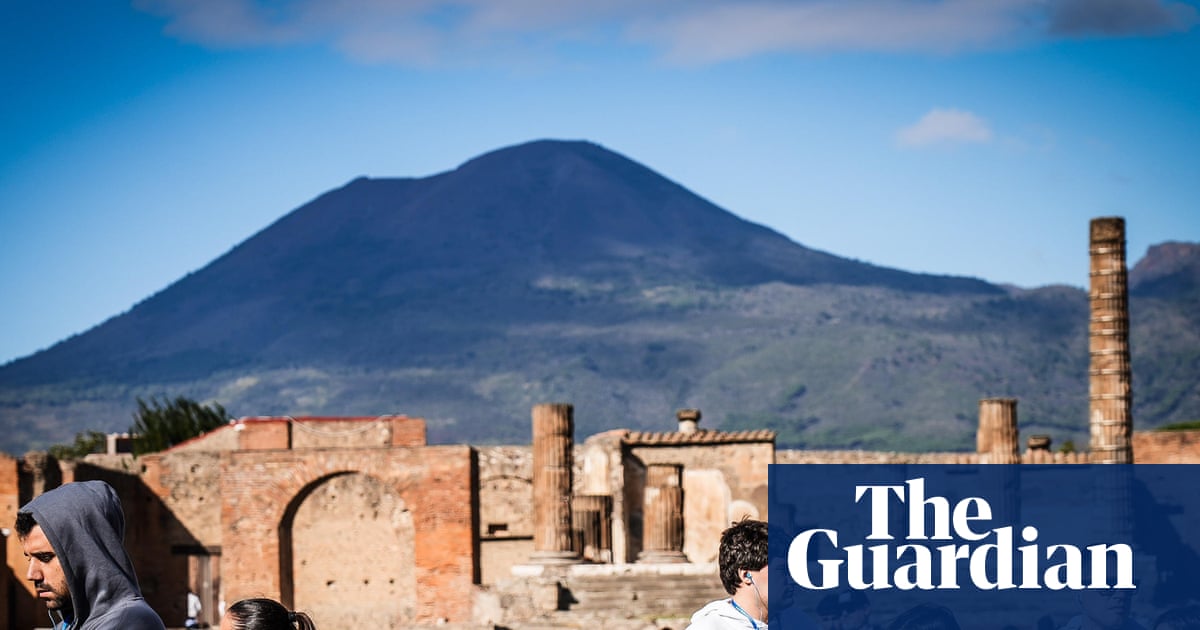
Archaeologists have discovered new evidence pointing to the reoccupation of Pompeii after the AD79 eruption of Mount Vesuvius that left the city in ruins.
Despite the massive destruction suffered by Pompeii, an ancient Roman city home to more than 20,000 people before the eruption, some survivors who could not afford to start a new life elsewhere are believed to have returned to live in the devastated area.
Archaeologists believe they were joined by others looking for a place to settle and hoping to find valuable items left in the rubble by Pompeii’s previous residents.
“Judging by the archaeological data, it must have been an informal settlement where people lived in precarious conditions, without the infrastructure and services typical of a Roman city,” before the area was completely abandoned in the fifth century, the researchers said in a statement on Wednesday.
While some life returned to the upper floors of the old houses, the former ground floors were converted into cellars with ovens and mills.
“Thanks to the new excavations, the picture is now clearer: post-79 Pompeii re-emerges, more than a city, a precarious and grey agglomeration, a kind of camp, a favela among the still recognisable ruins of the Pompeii that once was,” said Gabriel Zuchtriegel, the director of the site.
Evidence that the site was reoccupied had been detected in the past, but in the rush to access Pompeii’s colourful frescoes and still-intact homes, “the faint traces of the site’s reoccupation were literally removed and often swept away without any documentation”.
“The momentous episode of the city’s destruction in AD79 has monopolised the memory,” said Zuchtriegel.
Archaeologists estimate that 15-20% of Pompeii’s population died in the eruption, mostly from thermal shock as a giant cloud of gases and ash covered the city.
Volcanic ash then buried the Roman city, perfectly preserving the homes, public buildings, objects and even the people who had lived there until its discovery in the late 16th century.
A Unesco world heritage site, Pompeii is Italy’s second most-visited tourist spot after the Colosseum in Rome, with about 4.17 million visitors last year.
It covers a total area of approximately 22 hectares (54.4 acres), a third of which is still buried under ash.








